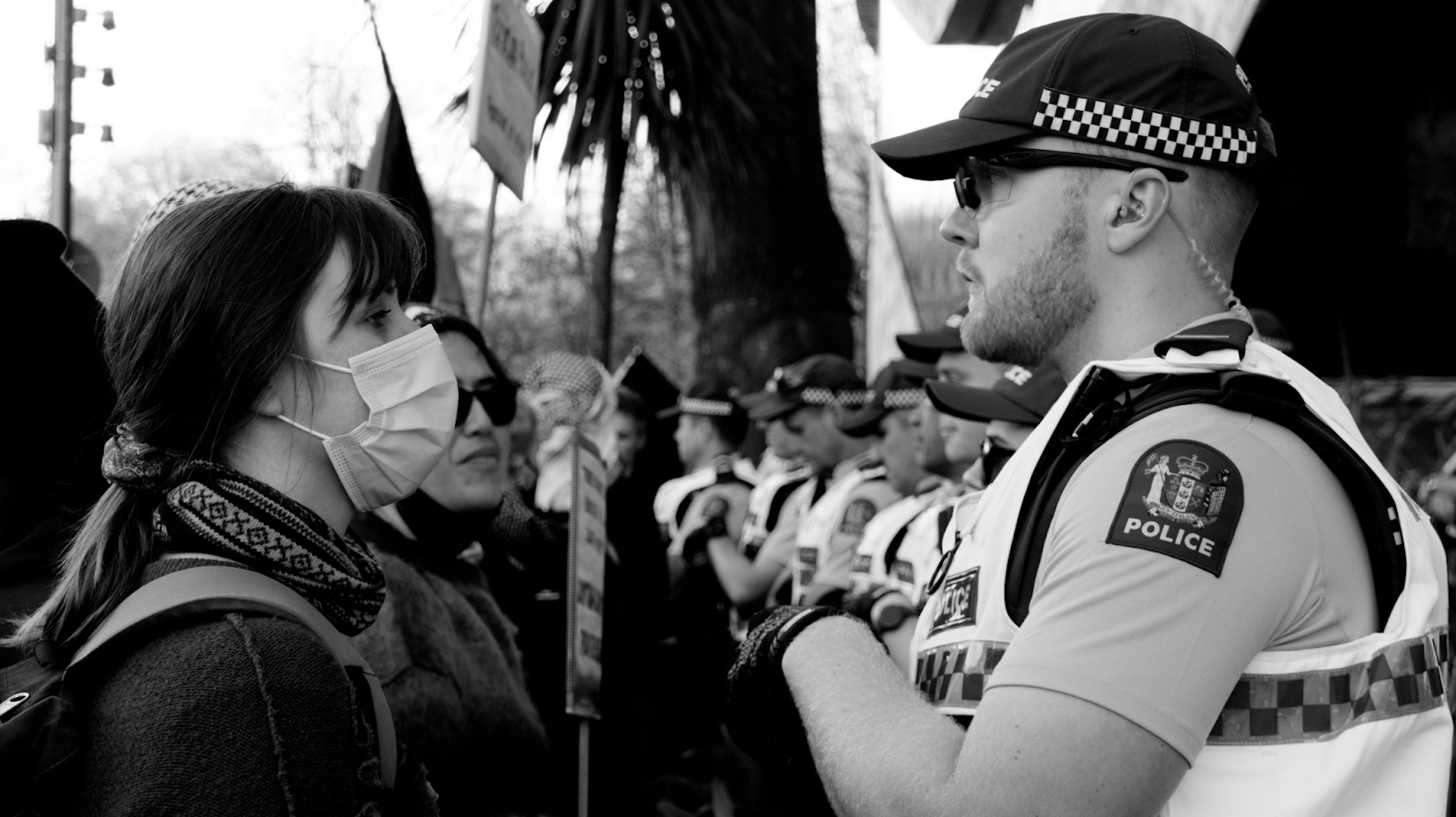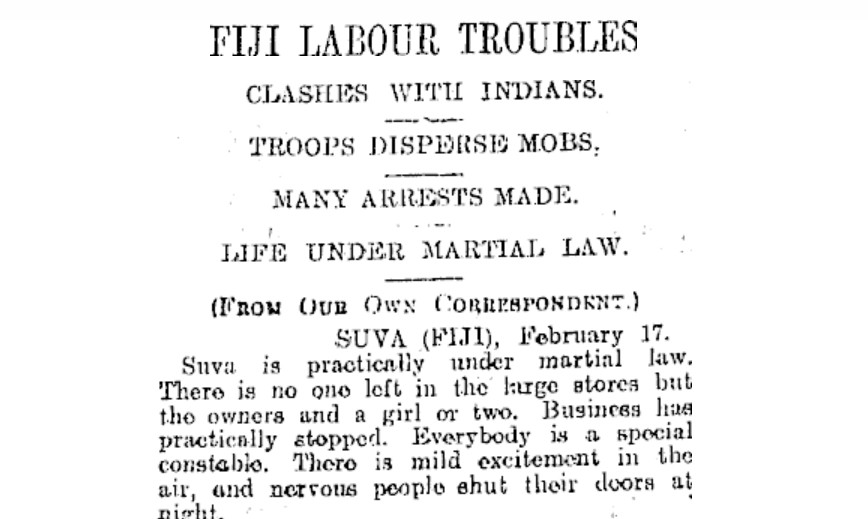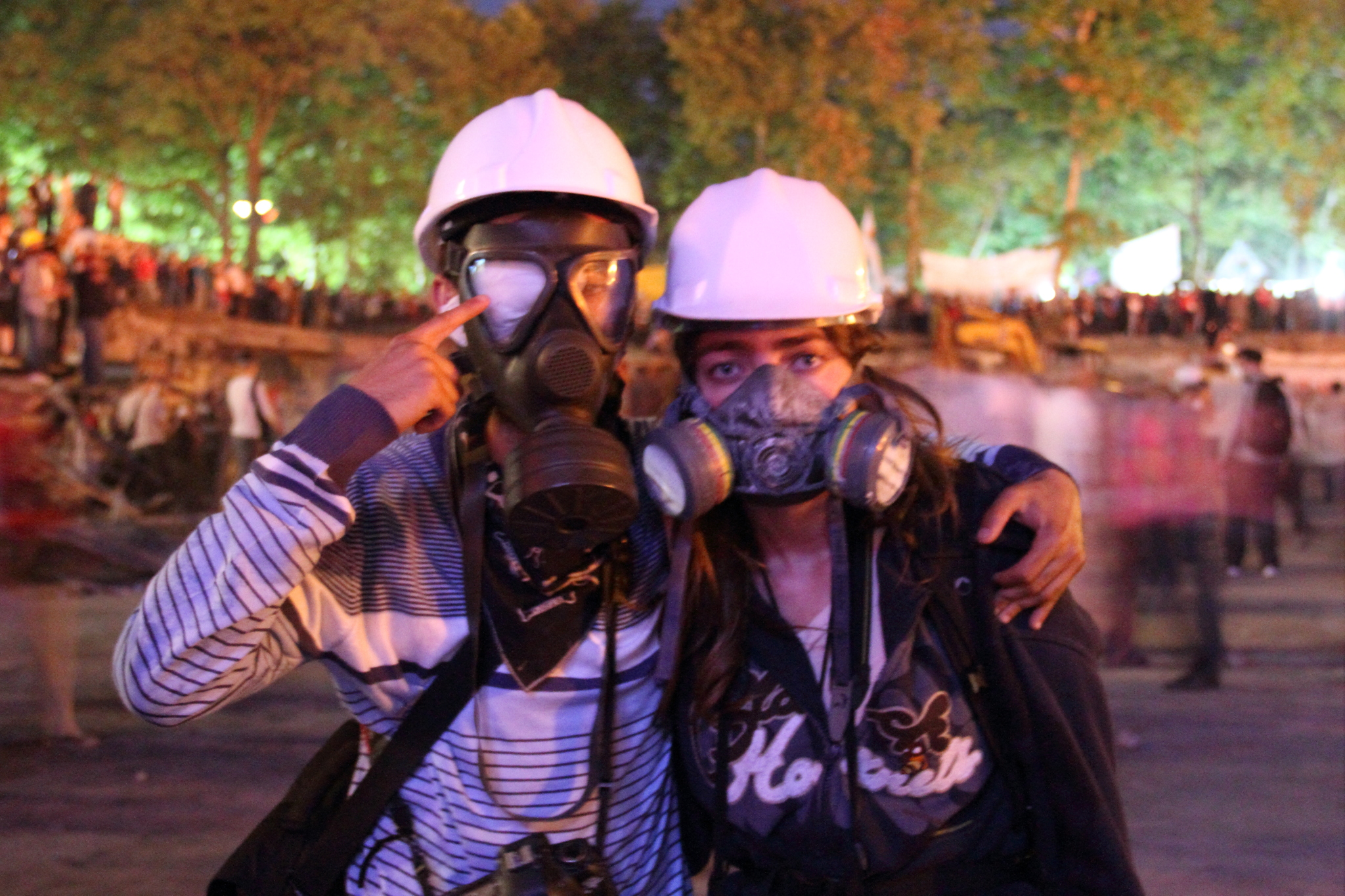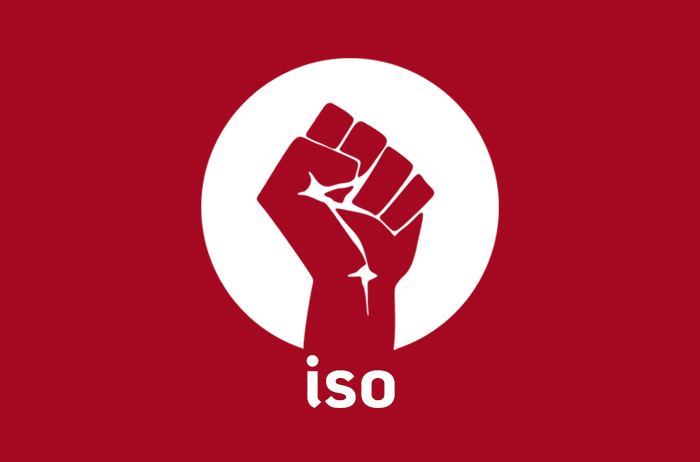For the third time since the handover of Hong Kong from British colonial rule to Chinese sovereignty, the region exploded in protest in 2019. One million people took to the streets in a 9 June mobilisation called by the Civil Human Rights Front, a coalition of pro-democracy groups, in the biggest demonstration since 1997. Three days later, tens of thousands of masked protesters surrounded Hong Kong Island’s Central Government Complex to prevent lawmakers convening.
At issue was an extradition bill allowing for Hong Kong residents to be tried in mainland Chinese courts. But the movement deepened into a city-wide rebellion for democratic rights against the increasing encroachments of the central government in Beijing. Over the next six months, at least 750 protests took place with a cumulative attendance of thirteen million people – on average, about four mobilisations per day of 17,000 people in a city of 7.5 million. By the end of November, the official record noted 15,072 teargas rounds fired by police (more than 80 per day), 10,010 rubber bullets and 1,999 bean bag rounds (70 per day) and 279 sponge grenades. More than 8,000 people have now been arrested across the city.
With the big demonstrations having receded and with the government on a new offensive, veteran Hong Kong socialist Au Loong Yu looks at the Chinese Communist Party’s latest moves and evaluates the strengths and weaknesses of the pro-democracy movement.
——————–
The Chinese government’s Liaison Office and the Hong Kong and Macau Affairs Office have re-interpreted Hong Kong’s Basic Law (known as its “mini-constitution”), arguing that they have the right to supervise the territory’s affairs despite Article 22 prohibiting Beijing’s interference.
The Chinese Communist Party had already mounted a forceful attack on Dennis Kwok, a pan-democrat lawmaker, for obstructing the tabling of a bill that, if passed, will criminalise insulting the national anthem. The Hong Kong government, widely believed to be acting under instructions from Beijing, has now arrested 15 well-known pan-democrat politicians for participating in anti-government protests. Although pan-democratic parties did not lead the 2019 Hong Kong revolt, Beijing considers them traitors for sympathising with it. The retaliations are an attack on the entire movement.
Beijing is using the cover of the pandemic to continue its offensive against Hong Kong’s autonomy. It has repeatedly pushed Hong Kong chief executive Carrie Lam to table a national security bill “to prohibit any act of treason, secession, sedition, subversion against the Central People’s Government”, as is required by Article 23 of the Basic Law. In 2003, Beijing tried but was defeated in this endeavour after 500,000 took to the streets. If it tries again, it will become our next battle.
Beijing will not rest until Hong Kong is fully incorporated under Chinese rule and all our limited freedoms have been extinguished. But the Communist Party faces obstacles.
First are dissident civil servants, who have become more politicised. During last year’s revolt, there was a strong undercurrent of resistance within their ranks. Soon after the 21 July Yuen Long incident (when police colluded with the mafia to attack innocent commuters), civil servants from the Immigration Department, along with firefighters and medical professionals, openly criticised the police. This was followed by an open letter from more than 100 civil servants from 23 departments voicing the same concerns.
Then, 400 executive officers from different departments wrote to Carrie Lam condemning the police. They were followed by more than 100 administrative officers. Encouraged by the administrative officers, civil servants from two sensitive departments – the Security Bureau and Prosecution Division of the Department of Justice – also voiced disagreements. Even the Policy Innovation and Co-ordination Office, founded by Carrie Lam in 2017 and seen by her as the brains for the government’s policy development, had a Lennon Wall in its office with posters calling for an independent investigation into the police.
This internal rift within the government eventually snowballed into a 40,000-strong civil servants rally on 2 August. Michael Ngan was one of the main organisers of this protest, which laid the mass base for the Union for New Civil Servants, founded in November. Towards the end of August, dissident civil servants at the Department of Justice struck against the police again.
Among the police, there was also a small undercurrent of defiance. It was later reported that more than 400 officers quit during anti-extradition-bill protests and that there was a 40 percent drop in the number of new recruits in the last year. A dramatic case about dissident police officers was revealed on 17 January, when a 31-year-old off-duty police officer was caught, along with his girlfriend and her mother, putting up “illegal” posters condemning the new head of the police force, Chris Tang, for police violence.
A second obstacle is the independent judiciary. The Basic Law allows Hong Kong to keep its own British colonial laws and gives the power of adjudication to the Court of Final Appeal. A big portion of the colonial laws are very harsh and repressive. However, the legal system is still much better than what they have in mainland China, where it is practically the party secretaries who make rulings. Chinese courts have close to a 100 percent conviction rate. In 2017, the Hong Kong conviction rates were 53 percent in Magistrates’ Courts, 69 percent in the District Court and 65 percent in the Court of First Instance.
The department that Beijing hates the most is the ICAC (Independent Commissioner Against Corruption), the anti-corruption watchdog. In recent years, rumours abound about Beijing trying to purge its leading officials. Beijing has also complained about British influence in ICAC. But British influence in Hong Kong is not about institutional power and agents in departments. If some Hong Kong people miss the colonial government and waive its flag, it is because Beijing’s mandarins and their lower officials are zombie-like monsters in comparison to British colonial rulers. I do not miss the colonial government, but anti-colonialism should not stop us from correctly understanding the real strength of the British, or the West in general.
Its strength in Hong Kong does not lie in funding protesters or deploying spies, but in its “soft power” – cultural hegemony, a modern approach to political persuasion, relatively good governance practices etc. If a significant number of public employees in ICAC and other government departments continue to look to the UK as model of best practice, it should not be very surprising. The Basic Law in 1990 was Beijing’s concession to the UK and the US, rather than a genuine promise to Hong Kong’s people that they could keep their political rights. Beijing has always treated us with contempt. It had to concede to the UK and the US to gain an admission ticket to global capitalism in general and the World Trade Organization in particular. It succeeded, and now feels strong enough to renege on its promises.
The final obstacle is the broad political opposition to Beijing’s takeover. But the movement has strengths and weaknesses. The pan-democrats aim to win a majority in the coming September legislative election. Their plan is to veto the budget to create a constitutional crisis to force Beijing to concede the five demands of the movement – which include the resignation of Carrie Lam and the implementation of universal suffrage for Legislative Council elections and for the election of the chief executive.
I believe that, while we must take part in the election, we should not place all our hopes in it. Not simply because there is an institutional barrier to achieve a majority (the political system is designed to block this, hence why we still need to fight for universal suffrage), but also because Beijing will not fold its arms and watch the pan-democrats win a majority.
Events of the past six years are enough to teach us that Beijing can use the most drastic measures, including extra-judicial abductions. It has also re-interpreted the Basic Law, disqualified lawmakers and so on. On top of that, it can simply make the national security law on behalf of Hong Kong and then using it to prosecute pan-democrat candidates. Many of the draconian laws from the colonial period are still in place; even without a new national security law, Carrie Lam could prosecute pan-democrat politicians and lawmakers.
I am of the opinion that we need to consolidate the opposition movement from below. Right now, it is not easy to revive social protests in great number. We should take this chance to draw lessons from the 2019 revolt. However great the movement was, it also exhibited multiple weaknesses. The youth’s worship of spontaneity sometimes went so far as to be hostile to all organisation and representation. Hence, as was the case in the 2014 Umbrella Movement, the millions-strong protesters from the 2019 revolt are, in 2020, as atomised as before – no organisation, no proper public debate and deliberation, therefore no proper channel for the political self-education of the masses.
On the positive side, a layer of young employees has emerged calling for new unions to prepare for future strikes. They are mostly professionals and white-collar workers in their late twenties and early thirties outside of the traditional unions. Last October, these young union activists founded a telegram channel, “united front for a two million strong general strike”, whose objective was to create new unions to strike against the government. Very soon, the channel reached 80,000 subscribers, with 42 new unions founded. One of them is the Hospital Authority Employees Alliance, which claims 40,000 members. In the Chinese New Year, the union called a five-day strike to demand the border be shut during the coronavirus pandemic. Thousands of members took part.
Many activists think that the purpose of unionisation is to launch a political general strike against the government in the near future. But others think that founding new unions was just a way to get the opposition more votes in the Chief Executive Electoral Committee (according to the Basic Law, labour unions have a small number of seats on this committee, which “elects” Hong Kong’s chief executive). Those with the latter orientation may have a very different agenda from those with the former, illustrated by their repeated emphasis that their enemy is Carrie Lam’s government and not the bosses.
These two agendas are mutually exclusive. To build a union that can strike requires a strong membership and rank-and-file activism, with a level of union dues high enough to sustain the union when it goes on strike. Building a union merely to gain a vote in the chief executive “election” only requires the union to meet basic legal requirements for membership (seven members is all you need in Hong Kong) and registration – the opposite of building strong unions. Within the new union movement there has been little serious discussion about these differences in aims and objectives.
Also, those focused on the chief executive elections may increasingly be drawn into a game of numbers. It is astonishing to see that, in the first three months of 2020, there were 1,578 new union registration applications, a 100-fold increase from 2019. It is a reasonable guess that a significant proportion come from pro-Beijing union people who are also eager to join this competition of founding new unions with no real base.
The good news is that there are also new unions with a real base, just like the Hospital Authority Employees Alliance. In general, this new union movement is driven by thousands of activists who were inexperienced but committed. How to consolidate this new labour movement is a paramount question for the democratic movement if it is to rise again in the future.
First published in RedFlag









